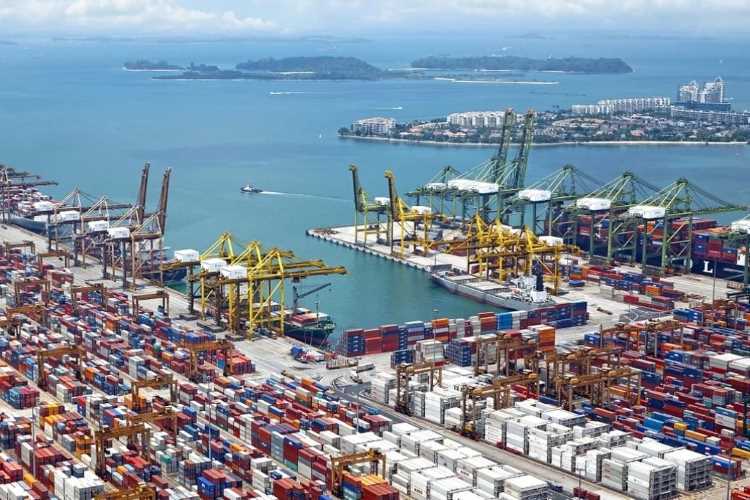Asia-Pacific nations signed a trade deal last weekend, giving shape to a trading zone bigger than the European Union. The 15 countries including Japan, South Korea, China, Australia, New Zealand and the 10 ASEAN members joined forces to reduce trade barriers after negotiations that lasted almost 10 years.
The Regional Comprehensive Economic Partnership, or RCEP, will reduce trade barriers in Asia Pacific, a region responsible for a third of global economic output. By bringing together economic superpowers China, Japan and South Korea, the deal will benefit the entire world by way of cheaper goods. The deal will offer a booster shot for the world economy, which is reeling under the impact of Covid-19 and the measures taken by nations to contain the pandemic.
READ I How can India correct trade imbalance with China
The agreement covers tariffs, trade administration, sanitary measures, services and investment. It eliminates 90% of tariffs, compared with the total elimination in the case of some successful trade blocks. The deal is more about trade in goods, ignoring services to an extent.
Economists expect the deal to cement China’s place as an economic power by reducing US influence in one of the most prosperous regions in the world. India had withdrawn from the talks last year after the country’s businesses objected to the deal, fearing an influx of cheap Chinese goods into the market. The pact may include provisions to facilitate India’s entry at a later date.
READ I How India lost out to China, rest of Asia in development race
The pact will have rich, middle-income and low-income economies as members. It is expected to be beneficial to the low-income countries within 10-member ASEAN as it will offer them access to some of the largest markets of Asia Pacific.
RCEP could be a pathbreaking deal for China, the emerging economic superpower. The deal means the US and the EU will have little say in deciding the direction of the booming Asian economy. A free trade agreement between China, Japan and Korea could have huge ramifications for the global economy.


